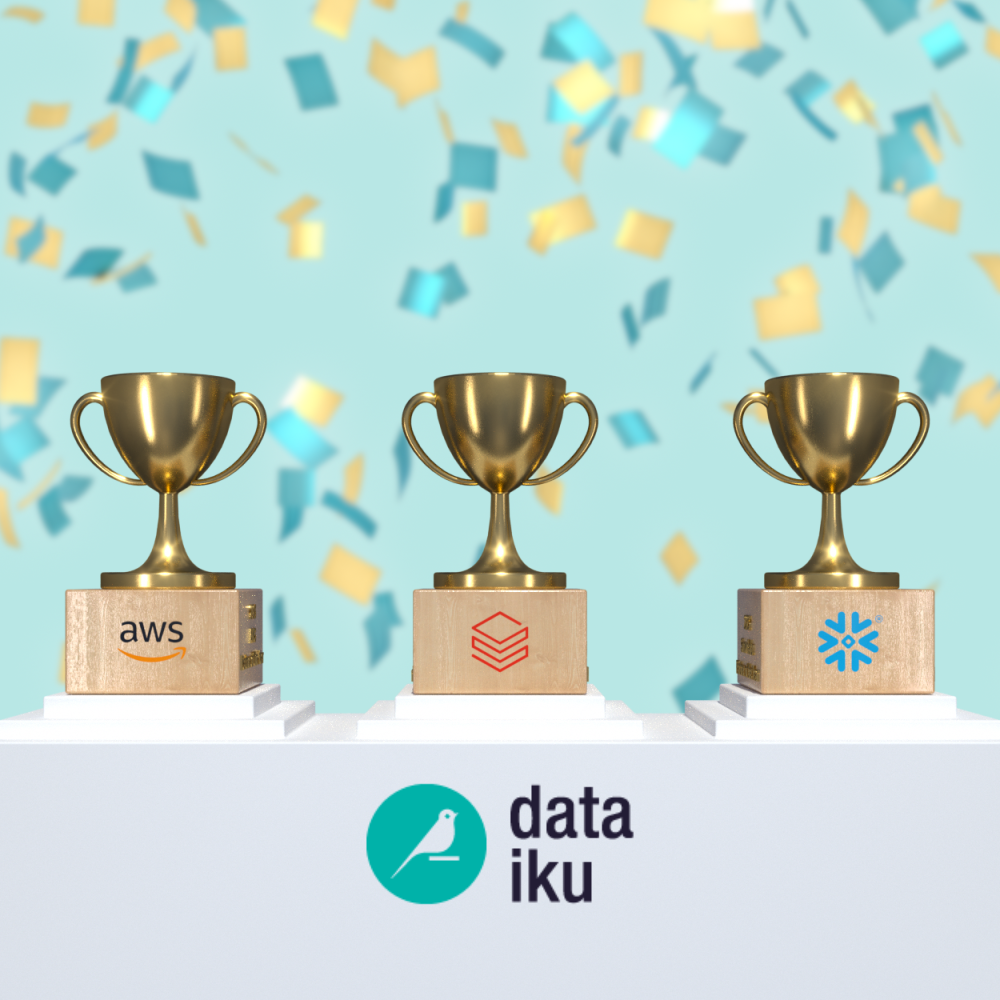 If you’ve spent any time lately wrangling dashboards, building metrics, or explaining what “good enough” looks like to a business stakeholder, GenAI might seem like a lifeline. Just type a prompt and get an answer, right? Except … the answers are often off, or shallow, or confidently wrong. And suddenly, you're spending more time trying to get your GenAI assistant to “just work” than just pulling the insight yourself.
If you’ve spent any time lately wrangling dashboards, building metrics, or explaining what “good enough” looks like to a business stakeholder, GenAI might seem like a lifeline. Just type a prompt and get an answer, right? Except … the answers are often off, or shallow, or confidently wrong. And suddenly, you're spending more time trying to get your GenAI assistant to “just work” than just pulling the insight yourself.
Here’s what we’re seeing play out across data teams today: GenAI systems don’t fail because the models are bad. They fail because the context is missing. The model didn’t know about this quarter’s product launch, or which campaign actually mattered, or that one spreadsheet with the real data.
GenAI can’t apply business logic on its own. Analysts are the ones who add the context it needs to work effectively.
The Analyst's Role Is Evolving, Quietly but Quickly
If you're a data analyst, chances are you’re already doing things that look a lot like context engineering:
- Stitching together sources so GenAI can respond accurately
- Experimenting with and refining prompts to get better GenAI results, then translating those results into insights stakeholders can understand and trust
- Explaining to coworkers why “the AI” got it wrong, again
- Acting as the human-in-the-loop, sanity-checking outputs before they go live
Whether it’s officially in your job description or not, you’re becoming the connective tissue between GenAI and real business outcomes. Some are calling that emerging skillset context engineering, the work of embedding data, logic, and business nuance into GenAI systems.
What Is Context Engineering?
Context engineering is quickly becoming core to how modern analysts drive value. Context engineering is the practice of designing the data, logic, and prompts that enable GenAI systems to reason effectively in business environments. It goes well beyond crafting clever prompts. It’s about giving GenAI the structure it needs to perform effectively inside real business workflows.
This includes:
- Supplying real-time, structured inputs (via pipelines or retrieval)
- Embedding tone, policy, and domain-specific rules
- Designing fallback logic for when GenAI gets it wrong
- Integrating GenAI into trusted systems (dashboards, alerts, internal apps)
In short: It’s a blend of systems thinking, business logic, and data fluency, all of which are areas that analysts are already well equipped to handle.
From Analyst to Context Engineer
This shift is already happening in many roles. Here’s how it might look for a product operations analyst at a global retailer.
Then: You tracked delivery delays and manually summarized trends by region.
Now: You support a GenAI-enabled workflow that:
- Pulls delivery and complaints data from multiple systems
- Surfaces regional anomalies and performance trends
- Summarizes likely root causes for operations managers
- Flags high-risk SKUs based on recent patterns
- Generates draft updates for human review, with final recommendations shaped by analyst input
You didn’t build the assistant from scratch. But you shaped how it works: selecting the right inputs, defining the logic behind the summaries, and reviewing outputs to ensure they align with the business. You didn’t become a software engineer. But you did take on the work of a context engineer, shaping the way GenAI delivers real value by anchoring it in your team’s data, rules, and operational reality.
Why This Shift Matters and Why It's Inevitable
A lot of GenAI conversations focus on the model. But in practice, it’s the context that makes or breaks success.
Without strong context engineering, often driven by analysts, teams rely on brittle prompt workarounds, produce GenAI outputs that hallucinate key business facts, and miss silent errors that erode trust.
With context engineering in place, teams build and scale GenAI workflows that produce trustworthy outputs grounded in business logic. Analysts lead the iteration, shifting from model trial-and-error to systems that improve with every cycle.
For individual analysts, this shift is a real opportunity for growth. As GenAI becomes part of daily workflows, those who learn to guide and apply it effectively will be the ones who advance. Building context engineering skills now helps analysts stay current, increase their impact, and grow into the next phase of the role.
Teams that invest in analyst evolution will see GenAI returns compound. Teams that don’t will keep fixing the same hallucinations quarter after quarter.
How Dataiku Helps Analysts Become Context Engineers
At Dataiku, we’re not building for a world where “context engineer” becomes the next big job title. We’re building for a world where analysts, the people who already understand the data and the business, take on that role naturally.
Dataiku, The Universal AI Platform™, makes that evolution possible with:
- Contextual GenAI Integration: Connect GenAI to the right business context (your trusted data, documents, and logic) using a simple visual interface. Build components like RAG into your pipelines without writing code.
- Prompt Studios: Design, version, and test structured prompts in a visual, governed workspace.
- Scenarios: Automate GenAI workflows using triggers and alerts to respond in real time.
- Dashboards & Webapps: Build intuitive, context-rich interfaces, including human-in-the-loop review, to keep people in control.
- The Dataiku LLM Mesh: Connect securely to different LLM providers with governance and observability built in.
By design, these features extend the power of GenAI to the people (analysts) who already understand the data and the business.
Analysts Who Master GenAI Will Replace Those Who Don't
Prompt and context engineering are becoming part of the modern analyst’s toolkit. Analysts are already helping shape how GenAI systems behave, how they connect to business data, and how they deliver useful, trustworthy answers. This shift is well underway, and the teams that support their analysts in building these skills will be the ones driving the most value from GenAI.
If you're an analyst, the message is simple: Your job isn’t disappearing, it’s evolving. And the best time to start evolving with it is now.




